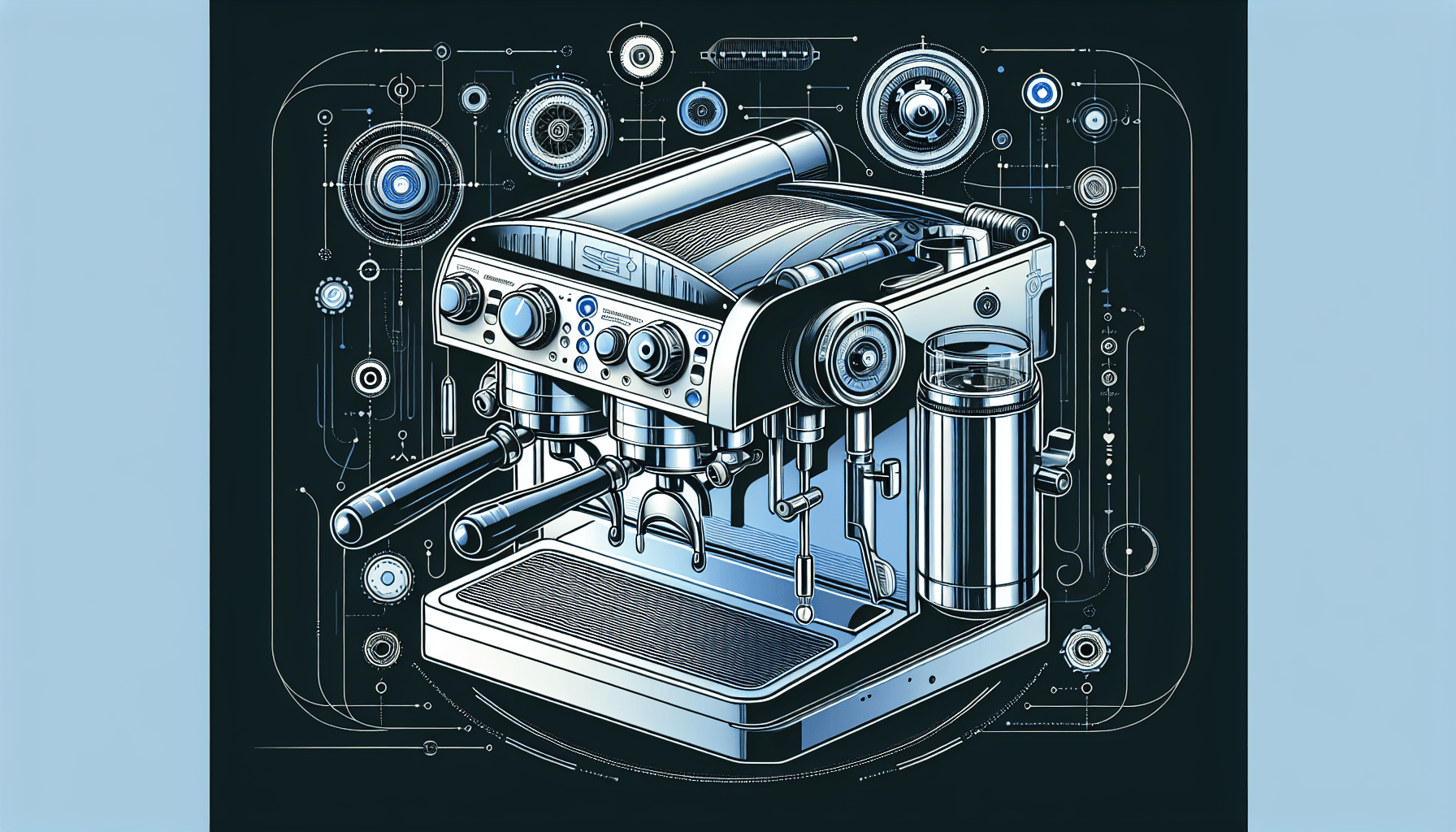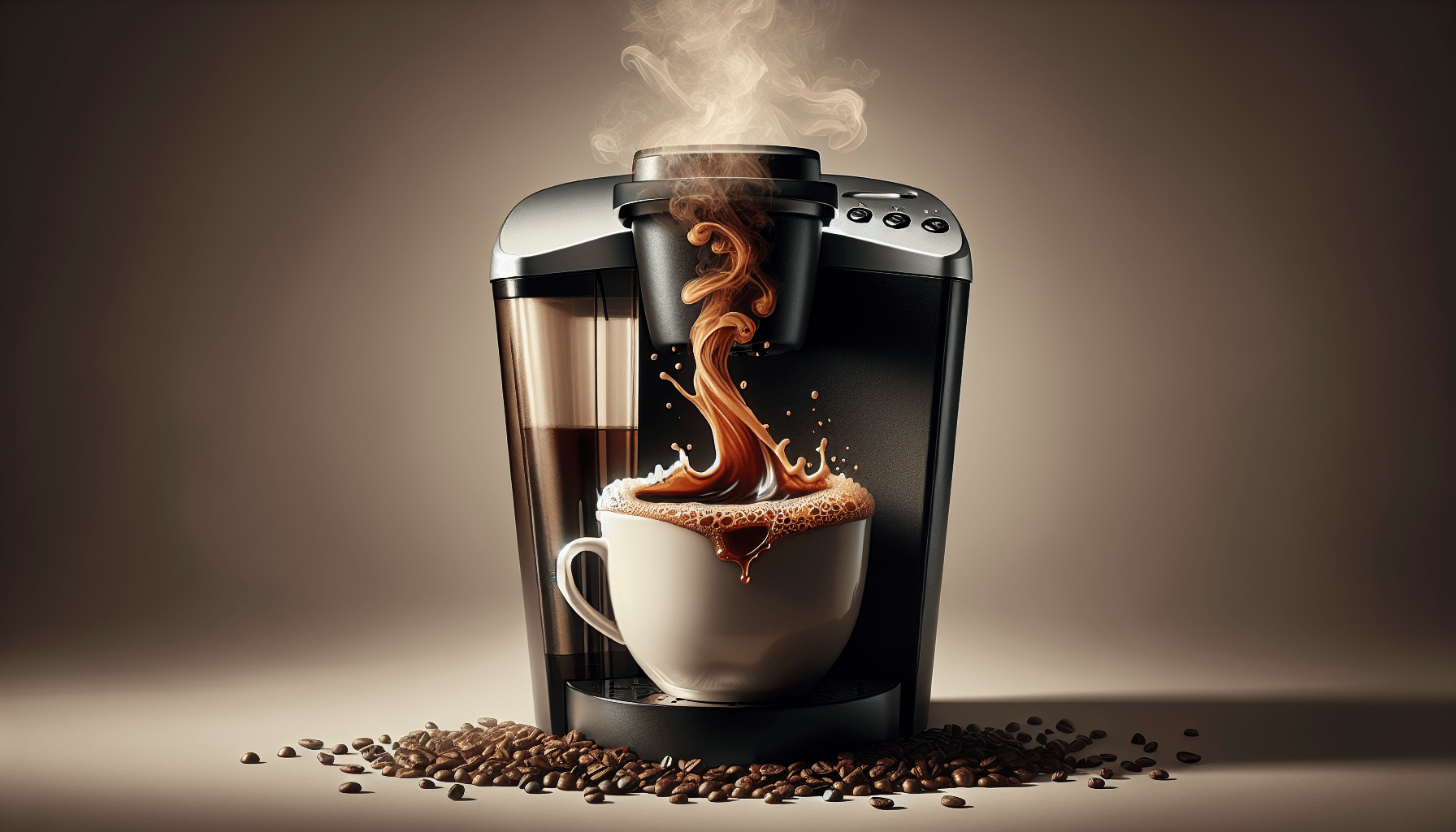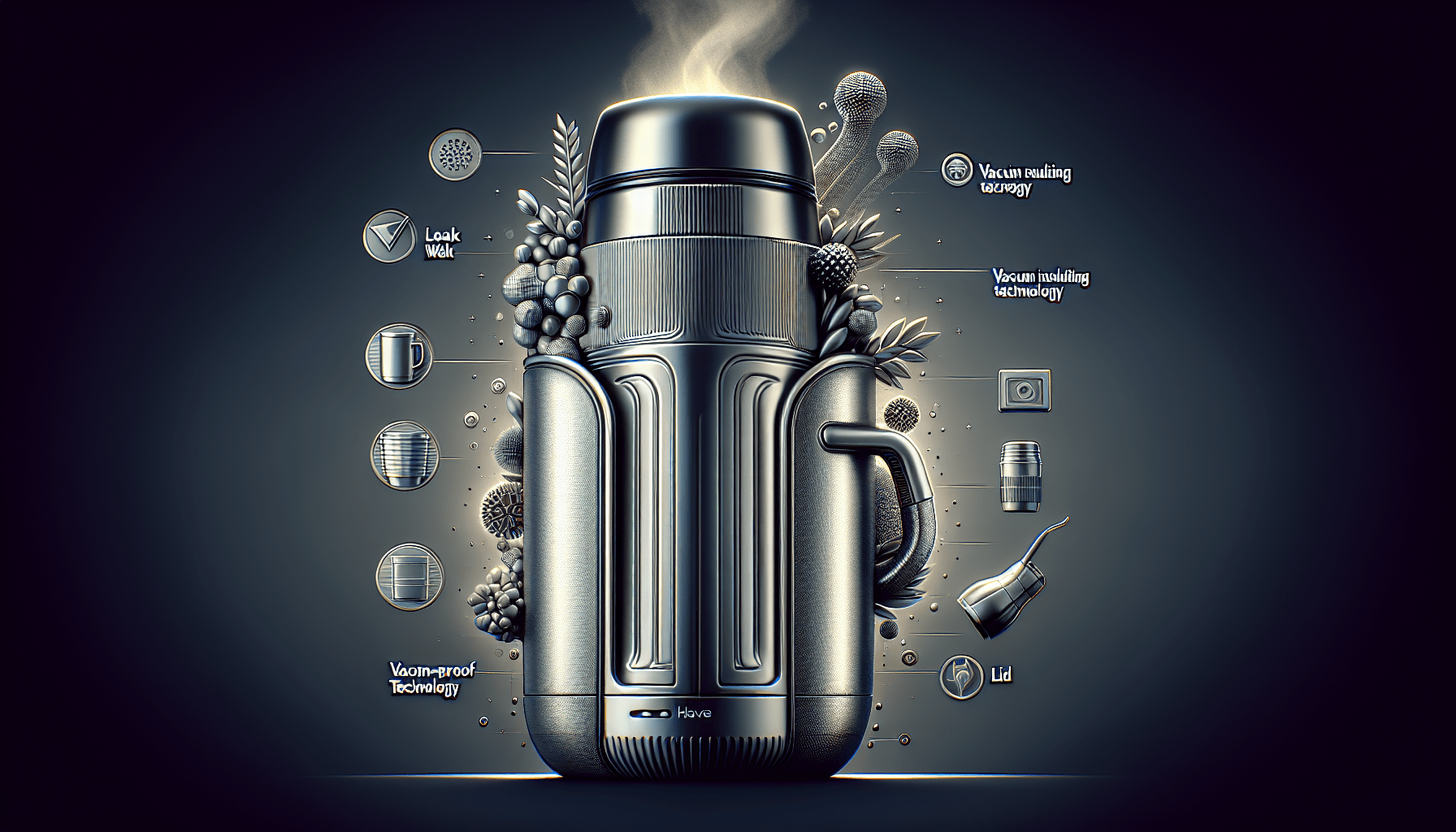If you’ve ever found yourself standing in line at a coffee shop, pondering the various types of espresso machines on display, you’re not alone. The world of espresso machines can be quite overwhelming, especially when it comes to understanding the differences between a semi-automatic and a super-automatic machine. In this article, we’ll break down these two types of machines, explaining the key features that set them apart and helping you make a more informed choice when it comes to selecting the perfect espresso machine for your brewing needs. So, whether you’re a coffee aficionado or someone who simply enjoys a delicious cup of espresso, get ready to discover the distinctions between semi-automatic and super-automatic machines.
Functionality
Semi-automatics require manual control
In terms of functionality, semi-automatic espresso machines require manual control from the user. This means that you have to actively participate in the brewing process and have control over various aspects such as grinding, tamping, and pressure adjustment. While this may require some practice and skill, it also allows you to have more control and flexibility in making your perfect cup of espresso.
Super-automatics are fully automated
On the other hand, super-automatic espresso machines are fully automated. This means that they handle the entire brewing process from start to finish without much input from the user. With just a press of a button, these machines grind the beans, tamp them, adjust the pressure, and even froth the milk if needed. Super-automatic machines are designed to make the process effortless, especially for those who prefer convenience and ease of use.
Brewing Process
Semi-automatics require user input
With semi-automatic machines, you have more involvement in the brewing process. You will need to measure and grind the coffee beans, manually tamp the grounds into the portafilter, and control the water pressure and extraction time. This level of user input allows you to experiment and fine-tune the brewing process to achieve your desired flavor profile.
Super-automatics handle the entire process
Super-automatic machines, on the other hand, take care of the entire brewing process for you. From grinding the beans to extracting the espresso and even frothing the milk, it’s all done automatically. This means you can simply press a button and enjoy your coffee without having to worry about the details.
Grinding
Semi-automatics require a separate grinder
When it comes to grinding the coffee beans, semi-automatic machines usually require a separate grinder. You will need to purchase a standalone grinder to grind your beans to the desired consistency before brewing. This gives you more control over the grind size and allows you to adjust it according to your personal preferences.
Super-automatics have a built-in grinder
On the other hand, super-automatic espresso machines come equipped with a built-in grinder. This eliminates the need for a separate grinder and simplifies the brewing process. The machine grinds the beans automatically, ensuring a consistent grind size for optimal flavor extraction.
Tamping
Semi-automatics require manual tamping
In semi-automatic machines, tamping is a crucial step in the brewing process. After grinding the coffee beans, you will need to manually tamp the grounds into the portafilter to create an even surface. This helps to ensure proper water flow and extraction during the brewing process. Tamping requires a bit of skill and practice to achieve the right level of pressure and consistency.
Super-automatics auto-tamp the coffee grounds
Super-automatic machines, however, eliminate the need for manual tamping. These machines come with an automatic tamping mechanism that evenly distributes and compresses the coffee grounds in the portafilter. This consistency in tamping ensures optimal extraction and a hassle-free brewing experience.
Pressure Control
Semi-automatics allow for manual pressure adjustment
One of the advantages of using a semi-automatic espresso machine is the ability to adjust the pressure manually. Different coffee beans and roasts require different levels of pressure during the brewing process to achieve the desired flavor and aroma. With a semi-automatic machine, you have the freedom to experiment and tailor the pressure to your liking.
Super-automatics maintain consistent pressure
In contrast, super-automatic machines maintain a consistent pressure throughout the brewing process. The machine is programmed to deliver a predetermined pressure, ensuring a consistent extraction every time. This can be beneficial for those who prefer a standardized brewing process without the need for manual adjustments.
Milk Frothing
Semi-automatics require manual milk frothing
If you enjoy milk-based espresso beverages such as cappuccinos or lattes, using a semi-automatic machine will require manual milk frothing. You will need to steam and froth the milk yourself using a steam wand attached to the machine. This can take some practice to achieve the perfect froth consistency and temperature.
Super-automatics have automatic milk frothing
Super-automatic machines have automatic milk frothing capabilities. With just a press of a button, these machines can heat and froth the milk to your desired level of creaminess and temperature. This feature is perfect for those who prefer convenience and a consistent froth every time.
Customization Options
Semi-automatics offer more control over variables
If you are someone who enjoys experimenting with different variables to achieve your ideal cup of espresso, then a semi-automatic machine is the way to go. With control over grinding, tamping, pressure, and extraction time, you have the freedom to customize each cup according to your taste preferences.
Super-automatics have limited customization options
Super-automatic machines, on the other hand, have limited customization options. While you can adjust certain parameters such as coffee strength or milk temperature, the amount of control is significantly reduced compared to semi-automatic machines. This is because super-automatic machines are designed to provide a convenient and consistent brewing experience without the need for extensive manual adjustments.
User Skill Level
Semi-automatics require more skill and experience
Using a semi-automatic espresso machine requires a certain level of skill and experience. The process of grinding, tamping, and controlling various parameters requires practice and familiarity with the machine. However, this learning curve can be rewarding for coffee enthusiasts who enjoy the craft of brewing their own espresso.
Super-automatics are user-friendly for beginners
Super-automatic machines are designed to be user-friendly, making them suitable for beginners or those who prefer a more automated brewing experience. With their simple button controls and automated processes, these machines eliminate the need for manual adjustments or specialized knowledge. Even someone with no prior coffee experience can produce consistent and quality espresso with a super-automatic machine.
Price Range
Semi-automatics are generally more affordable
In terms of price range, semi-automatic machines are generally more affordable compared to super-automatic machines. This is because they offer a more basic level of functionality and fewer automated features. If you are on a budget or prefer a more hands-on approach to brewing, a semi-automatic machine may be a more cost-effective choice.
Super-automatics tend to be pricier
Super-automatic machines, on the other hand, tend to be pricier due to their advanced automation and convenience features. The built-in grinders, automatic frothing, and other automated processes contribute to the higher price tag. However, if you value convenience and ease of use, the investment in a super-automatic machine may be worthwhile.
Maintenance
Semi-automatics require more regular cleaning and maintenance
When it comes to maintenance, semi-automatic machines require more regular cleaning and maintenance compared to super-automatic machines. This is because of the manual processes involved, such as cleaning the portafilter, steam wand, and group head after each use. Regular descaling and backflushing are also necessary to keep the machine in top condition.
Super-automatics have self-cleaning features
Super-automatic machines, on the other hand, come with self-cleaning features that simplify maintenance. These machines often have automatic rinsing cycles and built-in cleaning programs that help keep the internal components free from coffee residue and scale buildup. While regular maintenance is still important, super-automatic machines make it easier and less time-consuming.
In conclusion, the choice between a semi-automatic and a super-automatic espresso machine ultimately depends on your preferences and priorities. If you enjoy the art of manual brewing and the freedom to customize each cup, a semi-automatic machine may be the best option for you. On the other hand, if convenience, simplicity, and consistency are your priorities, a super-automatic machine can provide you with a hassle-free brewing experience. Consider factors such as price range, user skill level, and desired level of customization when making your decision. Regardless of your choice, both types of machines can produce delicious espresso and enhance your coffee brewing experience.




